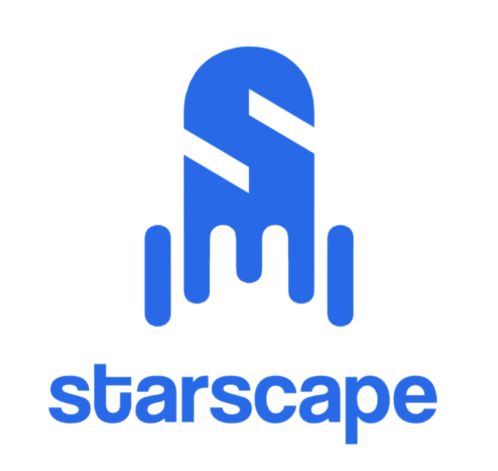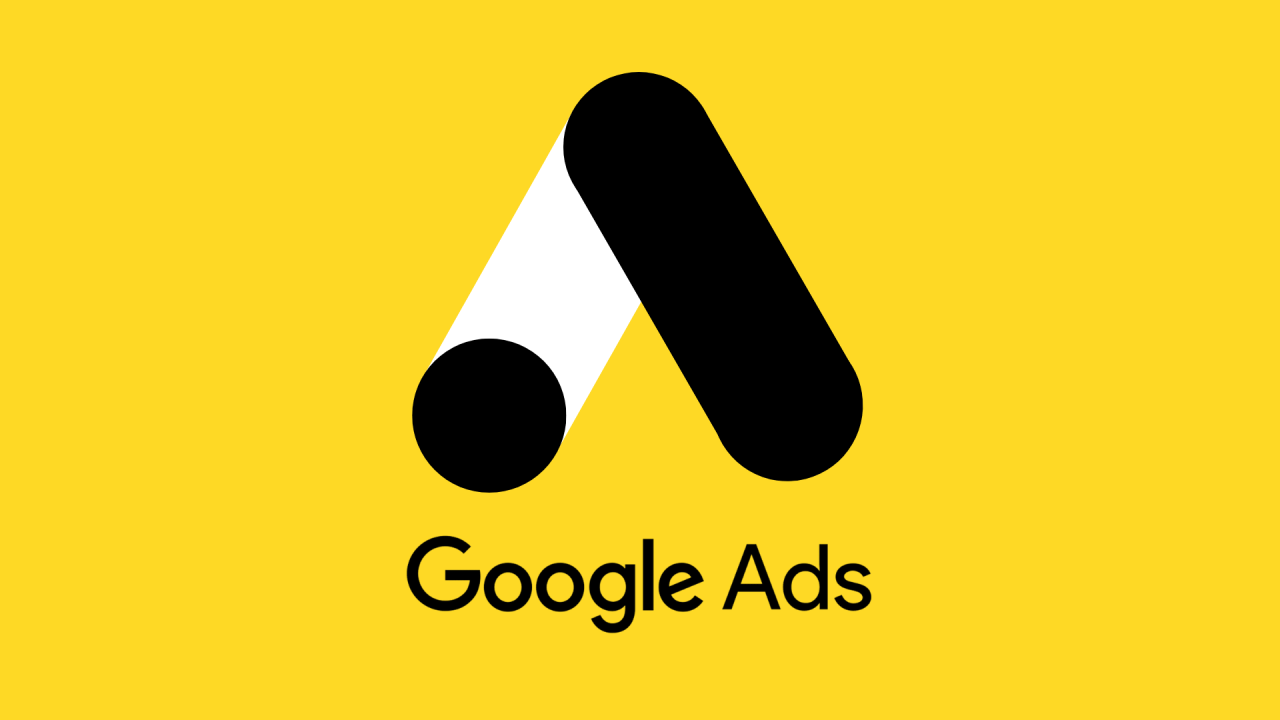In the fast-paced world of digital advertising, tracking the right customer actions is the key to success.
Google Ads offers a variety of conversion goals to help you measure how your ads drive valuable interactions, both online and offline. Whether you want to track online purchases, phone calls, or even in-store visits, Google Ads has a goal for that.
Let’s break down the different Google Ad conversion goal types, how they work, and when to use them to supercharge your campaigns.
🎯 Website Goals
Website goals measure actions users take on your website after engaging with your ad. These are essential for tracking key conversions that occur directly on your site.
✅ Examples:
- Purchases: Measure completed transactions, such as a customer reaching an order confirmation page.
- Lead Generation: Track form submissions, quote requests, or newsletter sign-ups.
- Page Views: Monitor visits to important pages (e.g., product pages or contact forms).
- Custom Events: Capture specific actions like button clicks, video plays, or file downloads.
🔧 Use Case: Perfect for eCommerce sites, service providers, or any business focused on driving valuable on-site actions.
📞 Phone Call Goals
Phone call goals track calls that users initiate through your Google Ads or from your website. This is particularly useful for businesses that rely on direct customer communication.
✅ Examples:
- Call Extensions: Track clicks on phone numbers displayed in your ads.
- Website Call Tracking: Measure calls made from phone numbers on your website.
- Click-to-Call Ads: Capture calls initiated directly from mobile ads.
🔧 Use Case: Ideal for local businesses, service industries, and consultation-based services where customer inquiries drive revenue.
📲 App Goals
If your business revolves around mobile applications, App Goals let you track conversions specific to app promotion and engagement.
✅ Examples:
- App Installs: Measure how many users download your app from the Google Play Store or App Store.
- App Engagement: Track in-app actions like purchases, sign-ups, or usage milestones.
🔧 Use Case: Essential for companies promoting mobile-first experiences or driving app usage post-installation.
📧 Local Actions (Store Visit Goals)
These goals track offline interactions, helping you measure how your digital ads influence physical store visits and other in-person engagements.
✅ Examples:
- Store Visits: Estimate when users visit your physical location after clicking your ad.
- Local Actions: Track actions like clicks for driving directions or phone calls to your store.
🔧 Use Case: Perfect for brick-and-mortar businesses like retail stores, restaurants, and service centers that want to measure foot traffic generated by online ads.
🎥 YouTube and Video Engagement Goals
With the growing importance of video marketing, these goals track user engagement with your video ads across YouTube and the Google Display Network.
✅ Examples:
- Video Views: Track when a user watches a video ad (typically 30 seconds or to completion).
- Engagements: Measure interactions such as clicks on overlays or links to your website.
🔧 Use Case: Ideal for brand awareness campaigns and video-centric marketing strategies.
🛒 Import Goals (Offline Conversions)
Offline conversions allow you to track actions that happen outside the digital space by importing conversion data into Google Ads.
✅ Examples:
- CRM Data Upload: Connect offline sales by uploading customer relationship management (CRM) data.
- In-Store Purchases: Link in-store transactions to online ad interactions.
🔧 Use Case: Useful for businesses with multi-channel sales processes that want to bridge the gap between online advertising and offline results.
📊 Goal Categories in Google Ads
To keep things organized and optimize bidding strategies, Google Ads categorizes conversion goals into three main groups:
- Primary Goals: Used for automated bidding and campaign optimization (e.g., purchases or leads).
- Secondary Goals: Tracked for reporting but not factored into bid strategies.
- Account Default Goals: Automatically applied across campaigns unless you specify otherwise.
Understanding these categories helps you fine-tune your campaigns for better performance and clearer reporting.
📈 Optimizing with Different Goal Types
To get the best results from your Google Ads campaigns, match your goals to your business objectives:
- Sales Goals: Best for eCommerce and direct revenue generation.
- Lead Generation Goals: Ideal for B2B companies or service-based businesses.
- App Engagement Goals: Designed for businesses promoting mobile applications.
- Online + Offline Goals: Provides a 360-degree view of customer interactions across digital and physical channels.
🚀 Final Thoughts
By selecting the right Google Ad conversion goals, you can accurately measure the impact of your ad spend and refine your strategy for maximum return. Whether you want to track clicks, calls, app downloads, or store visits, Google provides a robust toolkit to capture the entire customer journey.
Ready to unlock the full potential of your Google Ads? Start setting up your conversion goals today and turn clicks into real-world results!

